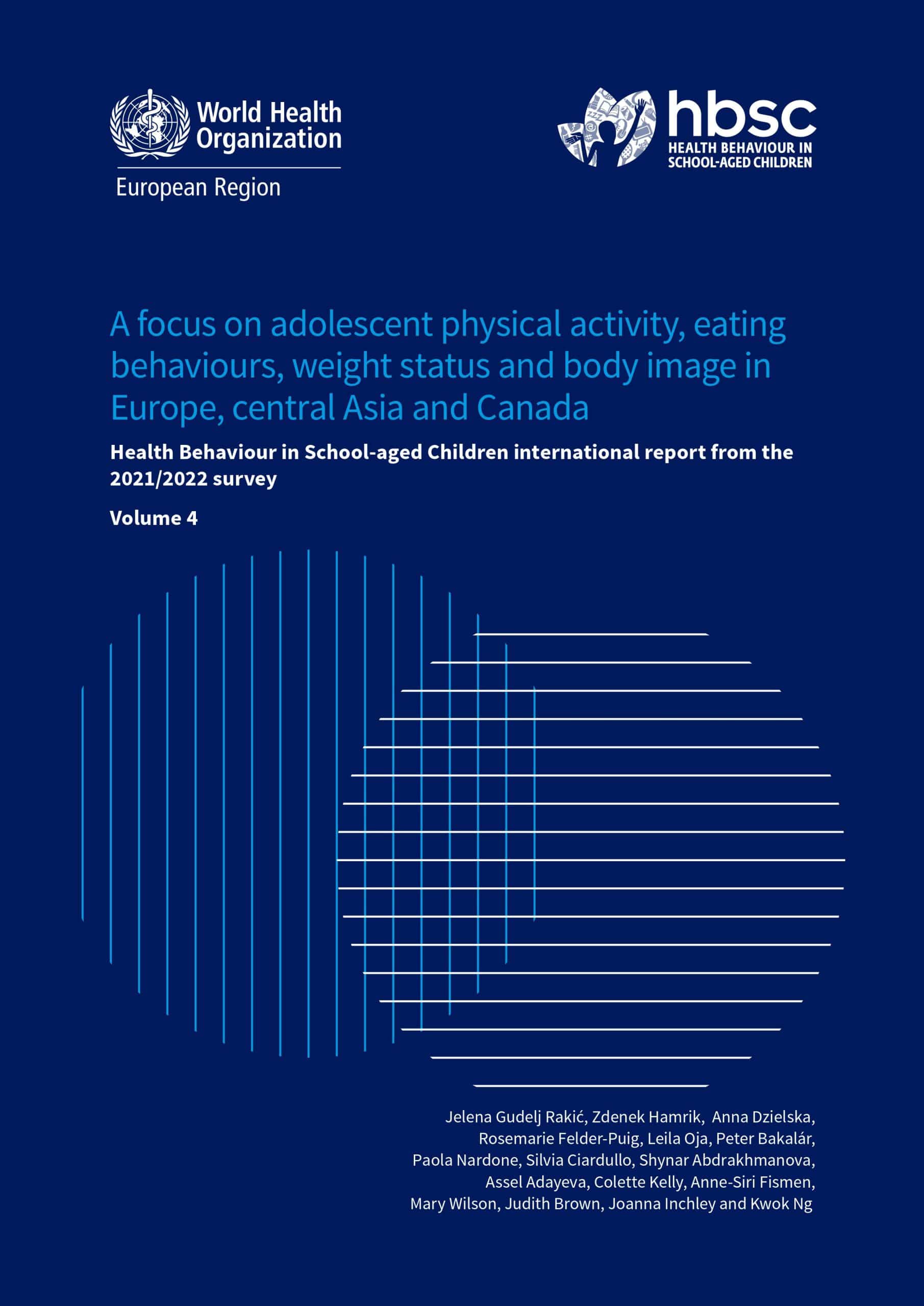Topic
Physical activity
Physical activity is a cornerstone of adolescent health and well-being, contributing to physical fitness, cardiovascular health, mental well-being, and overall quality of life. Regular exercise not only strengthens muscles and bones but also promotes emotional regulation, cognitive function, and social development. However, modern lifestyles often encourage sedentary behaviours, making it increasingly important to understand and promote physical activity among young people.
This section of the HBSC study explores the physical activity levels of adolescents, examining both moderate-to-vigorous physical activity (MVPA) and vigorous physical activity (VPA). By understanding the prevalence and patterns of these activities, we can develop targeted interventions to encourage active lifestyles, reduce sedentary time, and support the physical health of young people.
Select one of the indicators below to view data.
Key Findings
A focus on adolescent physical activity, eating behaviours, weight status and body image

- Only a quarter of boys (25%) and 15% of girls achieve at least 60 minutes of moderate-to-vigorous physical activity (MVPA).
- MVPA participation declines significantly with age and is notably lower among girls (15%) than boys (25%).
- Adolescents from less affluent families are less likely to engage in MVPA than their more affluent peers (20% vs. 32% for boys, 13% vs. 19% for girls).
- While 60% of adolescents engage in vigorous physical activity (VPA) at least three times a week, girls (51%) participate less frequently than boys (69%).
- Despite the concerningly low levels, overall MVPA rates have not significantly changed since the last survey in 2018.
- While overall trends remain stable, there are notable differences in physical activity levels across countries, suggesting a need for tailored approaches to address specific regional and cultural contexts.
- The decline in MVPA and VPA with age highlights the importance of promoting physical activity early in adolescence to establish lifelong healthy habits.
- Promoting MVPA and VPA requires a comprehensive approach involving schools, communities, families, and policymakers to create supportive environments and address barriers to physical activity participation.
Cite this data
Rakić JG, Hamrik Z, Dzielska A, Felder-Puig R, Oja L, Bakalár P et al. A focus on adolescent physical activity, eating behaviours, weight status and body image in Europe, central Asia and Canada. Health Behaviour in School-aged Children international report from the 2021/2022 survey. Volume 4. Copenhagen: WHO Regional Office for Europe; 2024. Licence: CC BY-NC-SA 3.0 IGO.
Youth Commentary
“At primary school we all lived close by and went to the park after school. Now my friends are spread out and get different buses / walk home in different directions."”
Boy, 14 years old, England
Explore topics
Mental health
Bullying & violence
Substance use
Physical activity
Eating behaviours
Obesity & body image
Sexual health
Social media
Social contexts
Sign up for updates
Be among the first to access new international reports from the Health Behaviour in School-aged Children (HBSC) study, featuring 2021/22 data.
Complete the form to join our email alert list and receive notifications as soon as new reports are available. You can unsubscribe at any time by replying to one of our emails.
By clicking ‘Sign up’ you agree to receive email notifications about new HBSC study reports. For information about how we handle your data, please check our privacy policy.